Life
Sign up for our newsletter
We summarize the week's scientific breakthroughs every Thursday.
-
 Animals
AnimalsCats recognize their own names
A new study suggests that cats can tell their names apart from other spoken words.
-
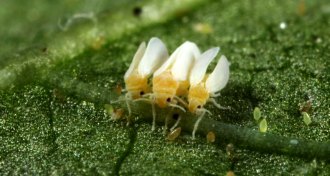 Plants
PlantsA major crop pest can make tomato plants lie to their neighbors
Insects called silverleaf whiteflies exploit tomatoes’ ability to detect damage caused to nearby plants.
By Susan Milius -
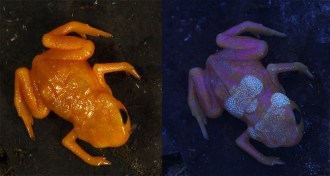 Animals
AnimalsTiny pumpkin toadlets have glowing bony plates on their backs
Pumpkin toadlets are the first frogs found to have fluorescent bony plates that are visible through their skin under ultraviolet light.
By Jeremy Rehm -
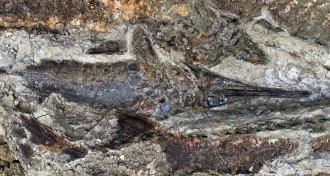 Paleontology
PaleontologyNew fossils may capture the minutes after the dinosaur-killing asteroid impact
North Dakota fossils may depict the aftermath of the dinosaur-killing asteroid, but controversial claims about the breadth of the find are unproven.
-
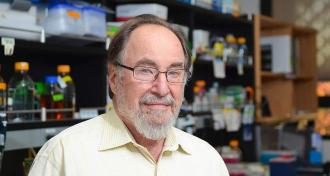 Genetics
GeneticsA Nobel Prize winner argues banning CRISPR babies won’t work
Human gene editing needs responsible regulation, but a ban isn’t the way to go, says Nobel laureate David Baltimore.
-
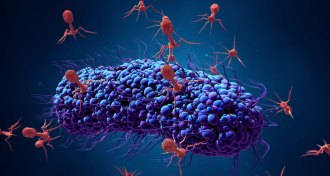 Health & Medicine
Health & MedicineIn ‘The Perfect Predator,’ viruses vanquish a deadly superbug
In ‘The Perfect Predator,’ an epidemiologist recounts the battle to save her husband from an antibiotic-resistant infection.
-
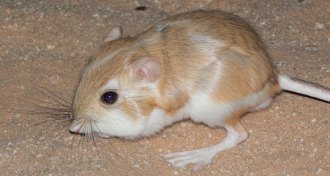 Animals
AnimalsWatch a desert kangaroo rat drop-kick a rattlesnake
Desert kangaroo rats have a wide arsenal for dodging rattlesnake ambushes. But the most dramatic might be their powerful midair kick.
By Mike Denison -
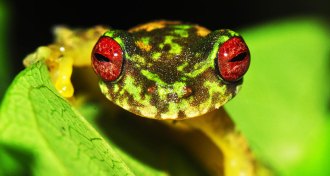 Animals
AnimalsChytrid’s frog-killing toll has been tallied — and it’s bad
Losses due to the amphibian-killing chytrid fungus are “the greatest documented loss of biodiversity attributable to a pathogen,” researchers find.
-
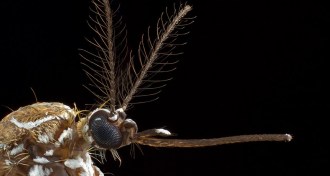 Animals
AnimalsGeneticists close in on how mosquitoes sniff out human sweat
A long-sought protein proves vital for mosquitoes’ ability to detect lactic acid, a great clue for finding a human.
By Susan Milius -
 Science & Society
Science & SocietyThe science of CBD lags behind its marketing
Editor in Chief Nancy Shute discusses the lack of scientific research on CBD.
By Nancy Shute -
 Science & Society
Science & SocietyThe CBD boom is way ahead of the science
As CBD-laced foods and health products gain popularity, researchers are just beginning to fill the gaping holes in knowledge about this cannabis molecule’s benefits.
-
 Health & Medicine
Health & MedicineEpileptic seizures may scramble memories during sleep
Overnight seizures seemed to muddle memories in people with epilepsy.